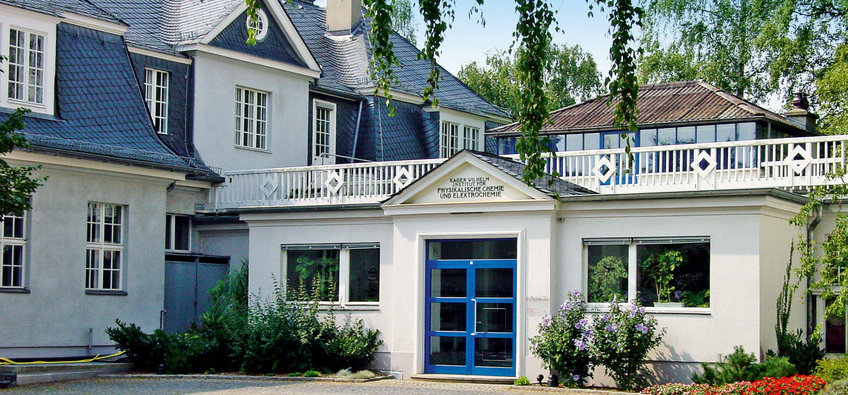
Fritz Haber Institute of the Max Planck Society
Agricultural yields have increased dramatically since the early 20th century, when the industrial production of nitrogen fertilizer started. It was the chemist Fritz Haber who explored the basic reaction of atmospheric nitrogen with hydrogen. Scientists working today at the Institute which bears his name still pursue similar purposes. They look at chemistry from a physical perspective. Their fields of research are the main characteristics of atoms, molecules and electrons, and their findings explain the behaviour of these particles in chemical reactions. They also want to understand how surface structure – of a catalyst, for example – influences chemical reactions. This information is essential for the chemical industry where more efficient catalysts are welcome.
Contact
Faradayweg 4 - 614195 Berlin
Phone: +49 30 8413-30
Fax: +49 30 8413-3155
PhD opportunities
This institute has several International Max Planck Research Schools (IMPRS):
IMPRS for Sustainable Metallurgy - from Fundamentals to Engineering MaterialsIMPRS for Elementary Processes in Physical Chemistry
In addition, there is the possibility of individual doctoral research. Please contact the directors or research group leaders at the Institute.












